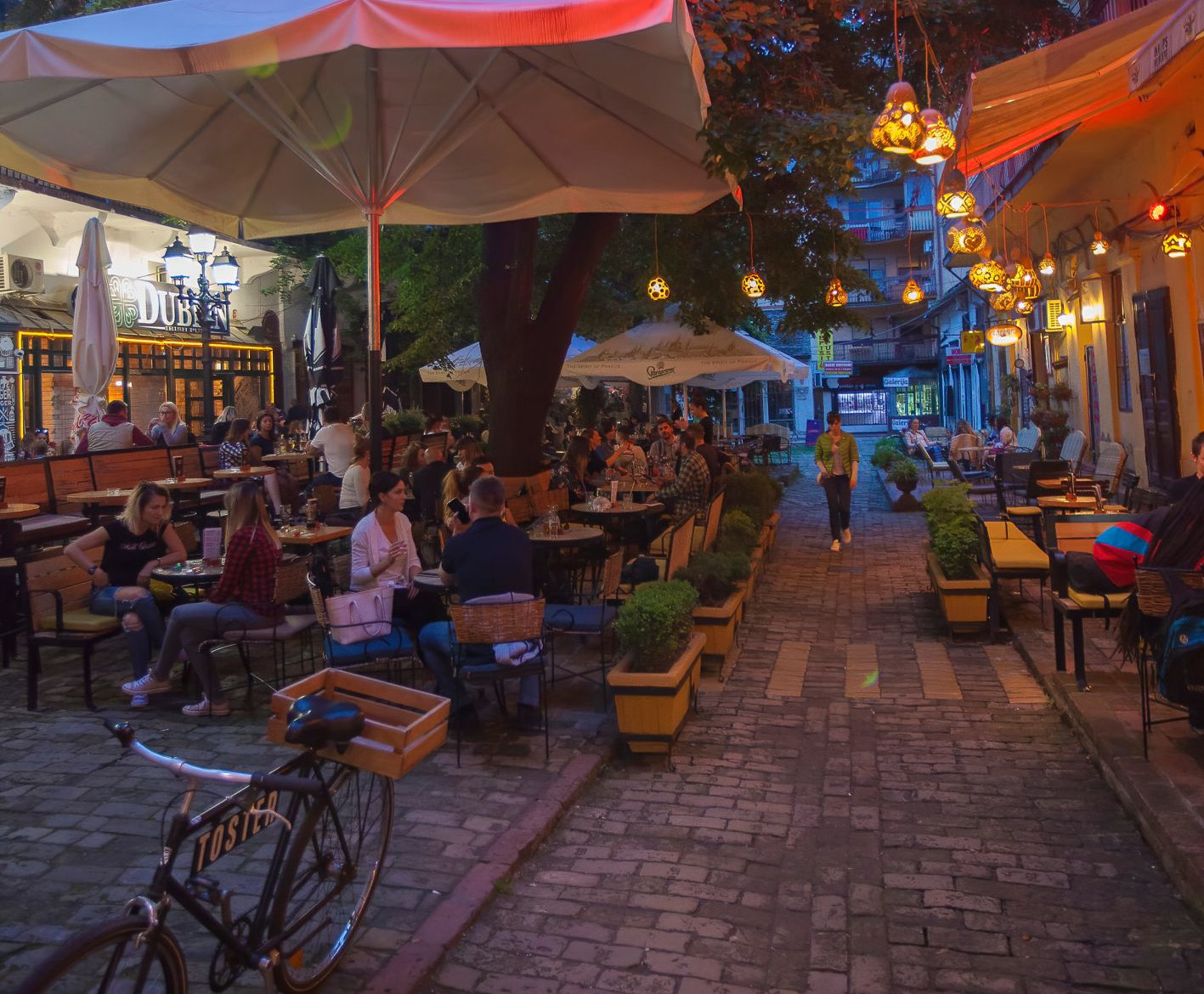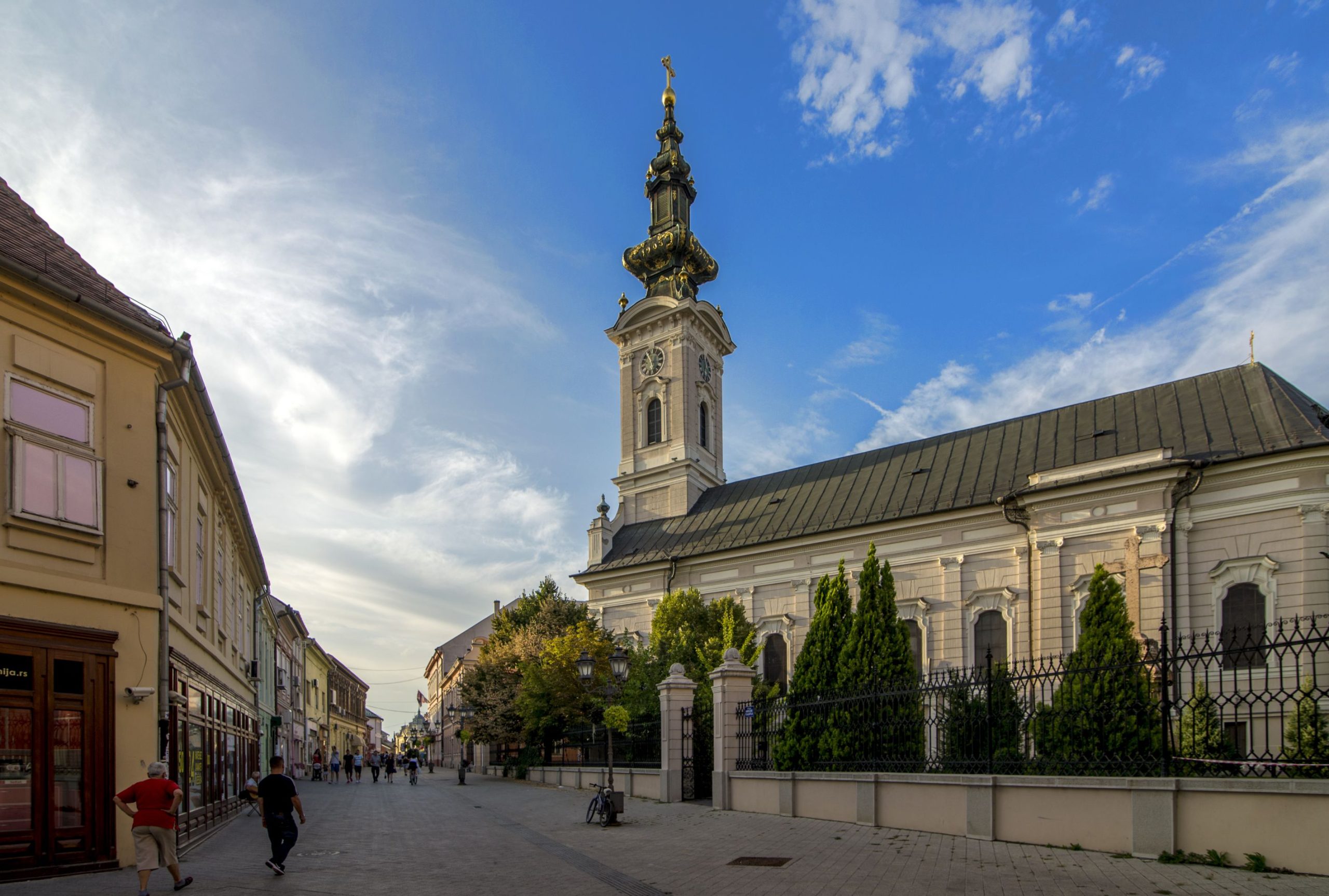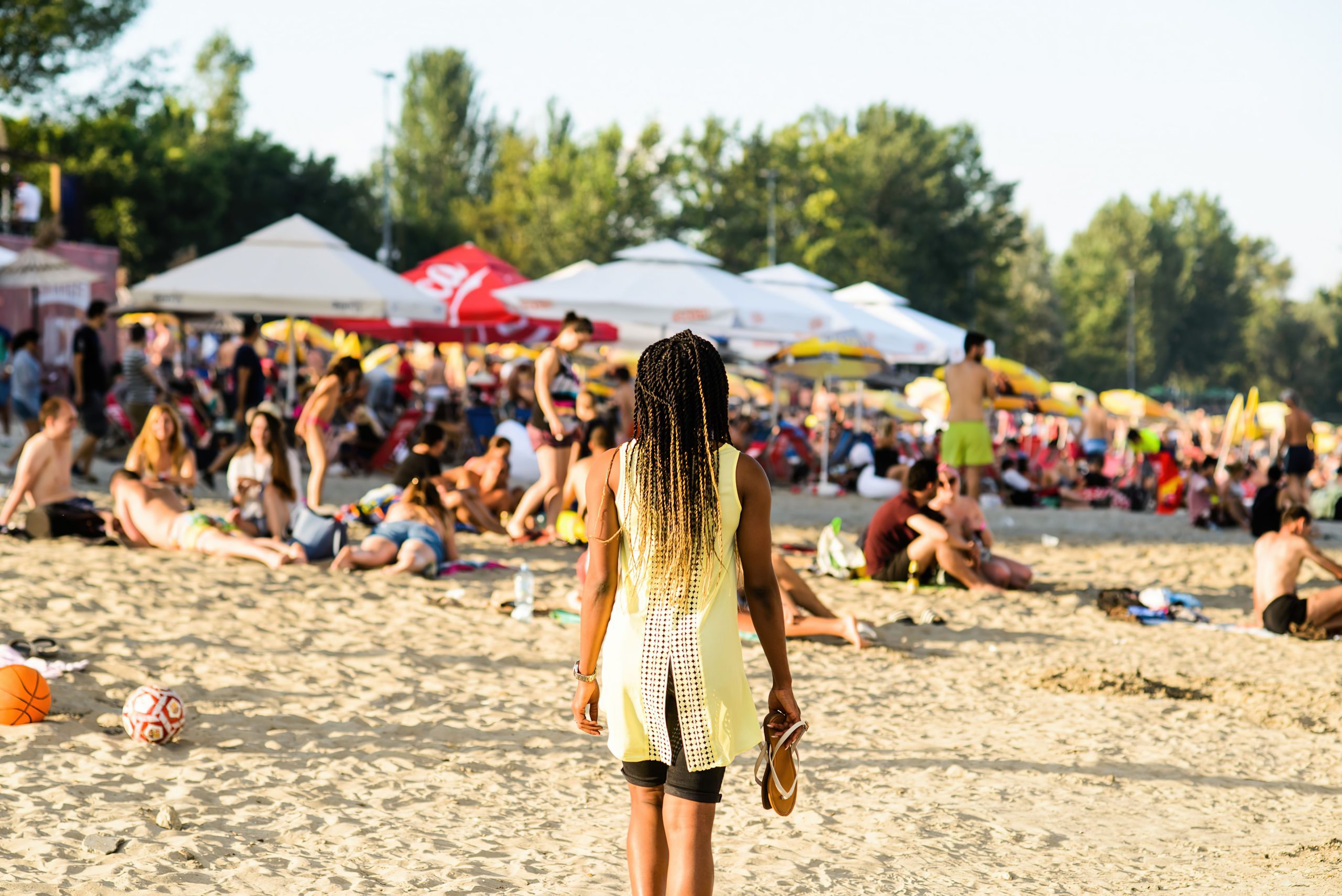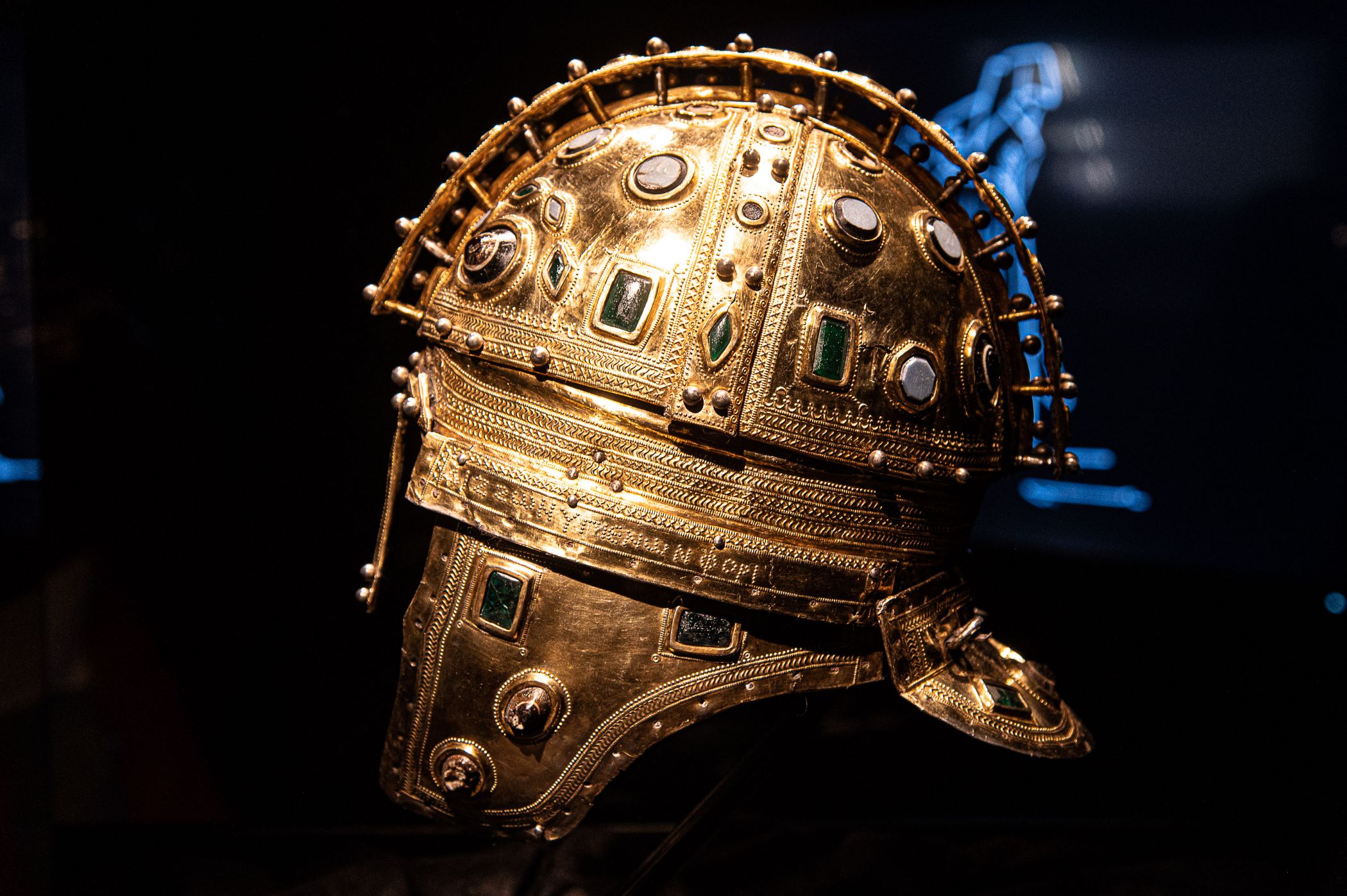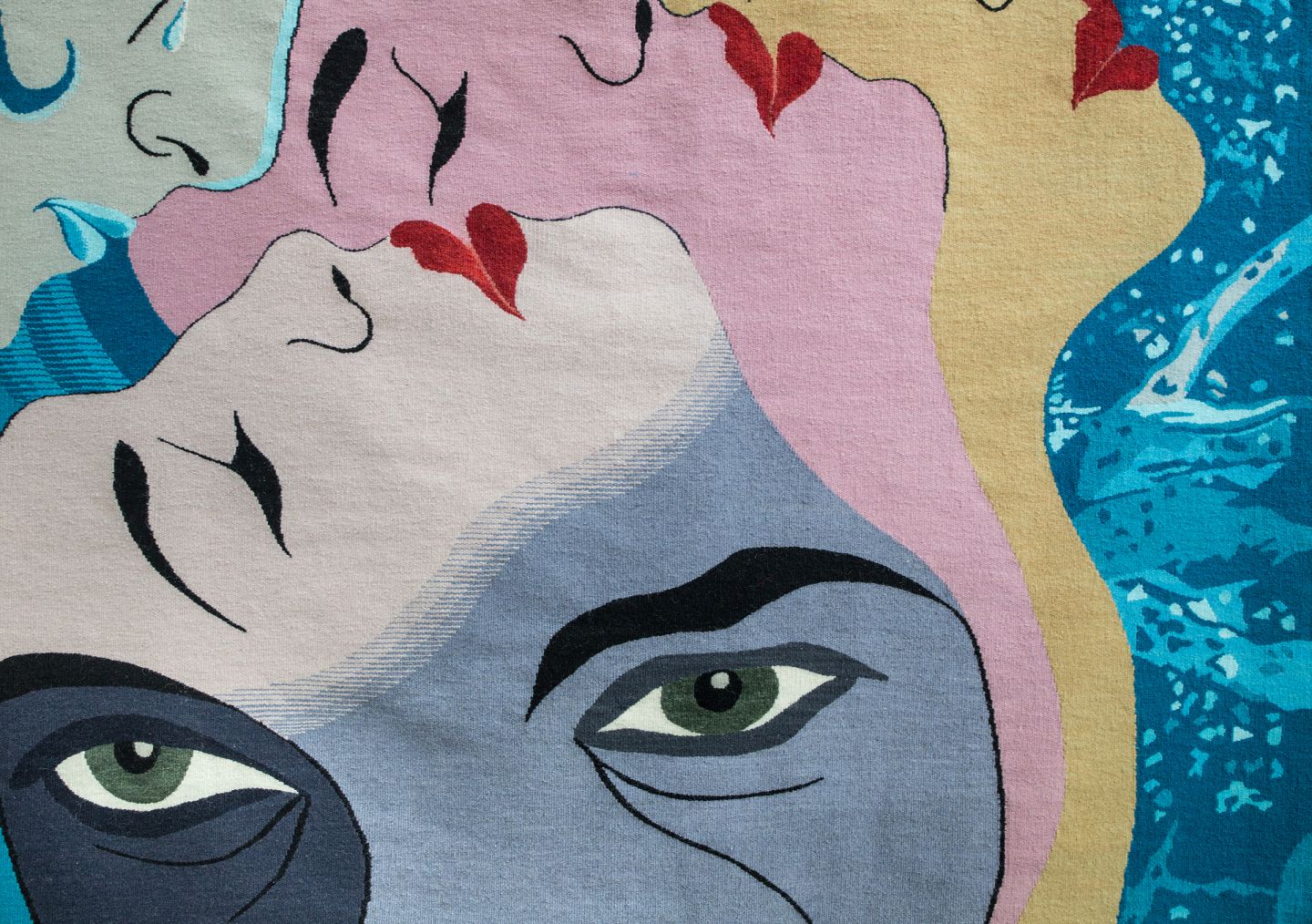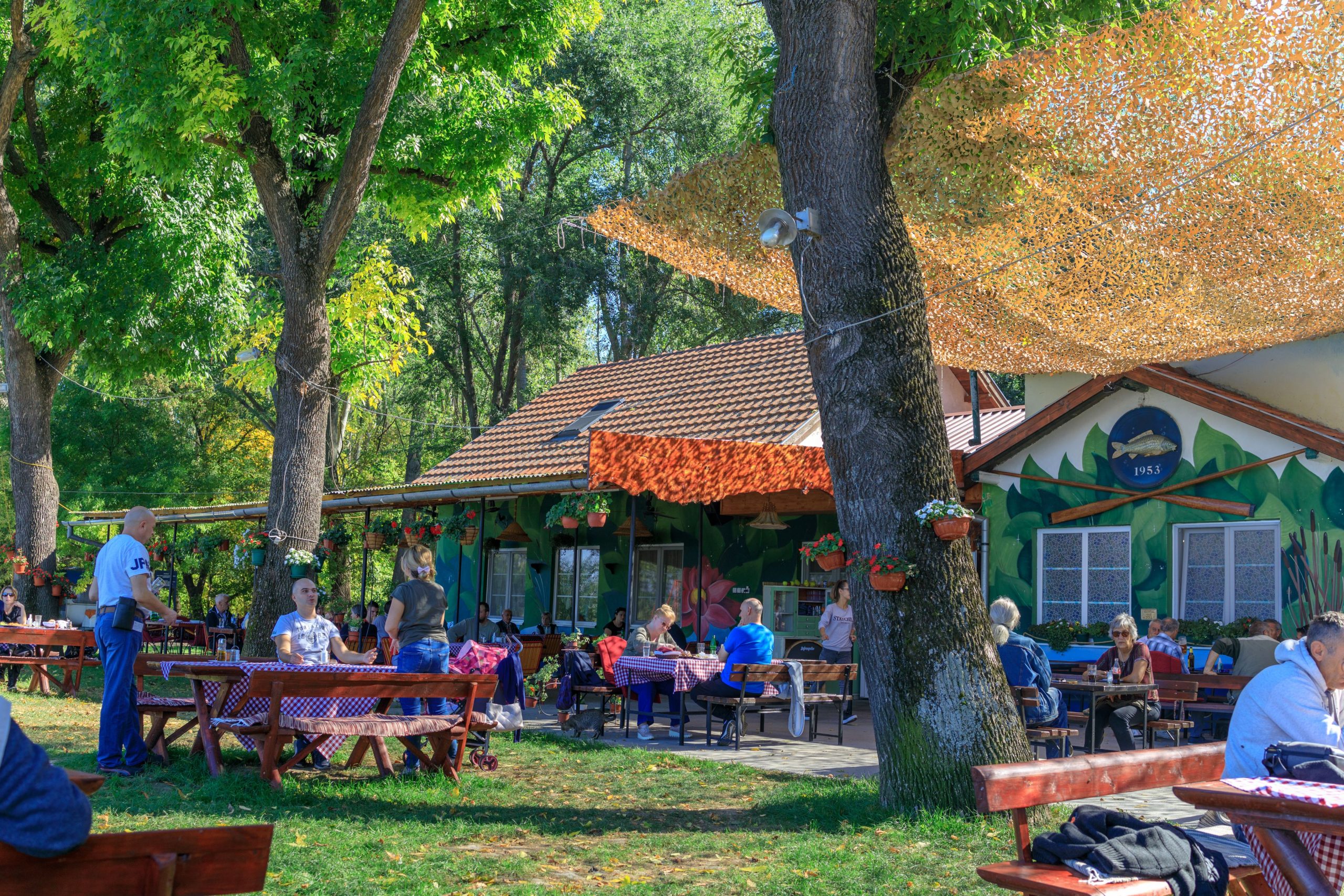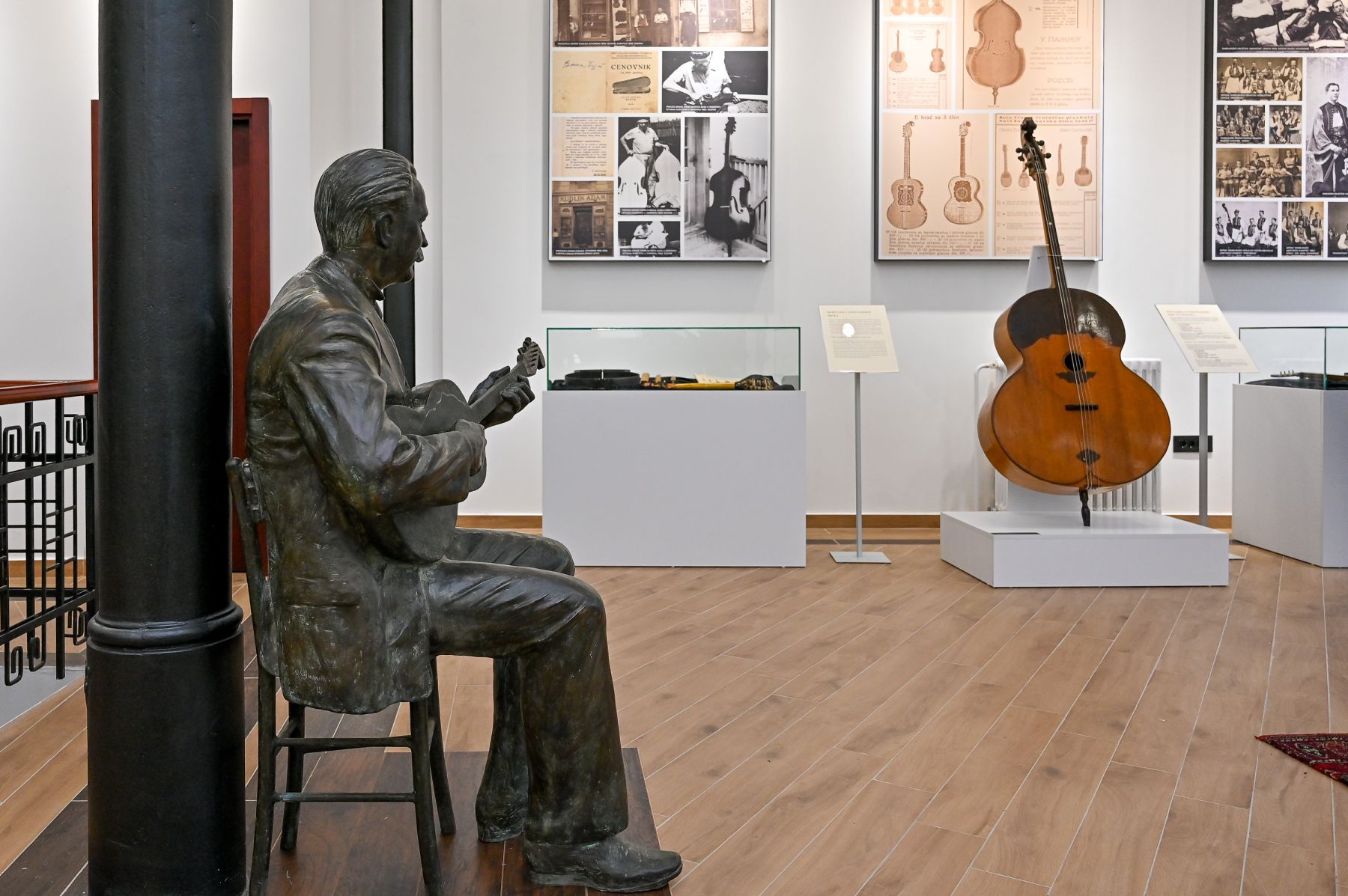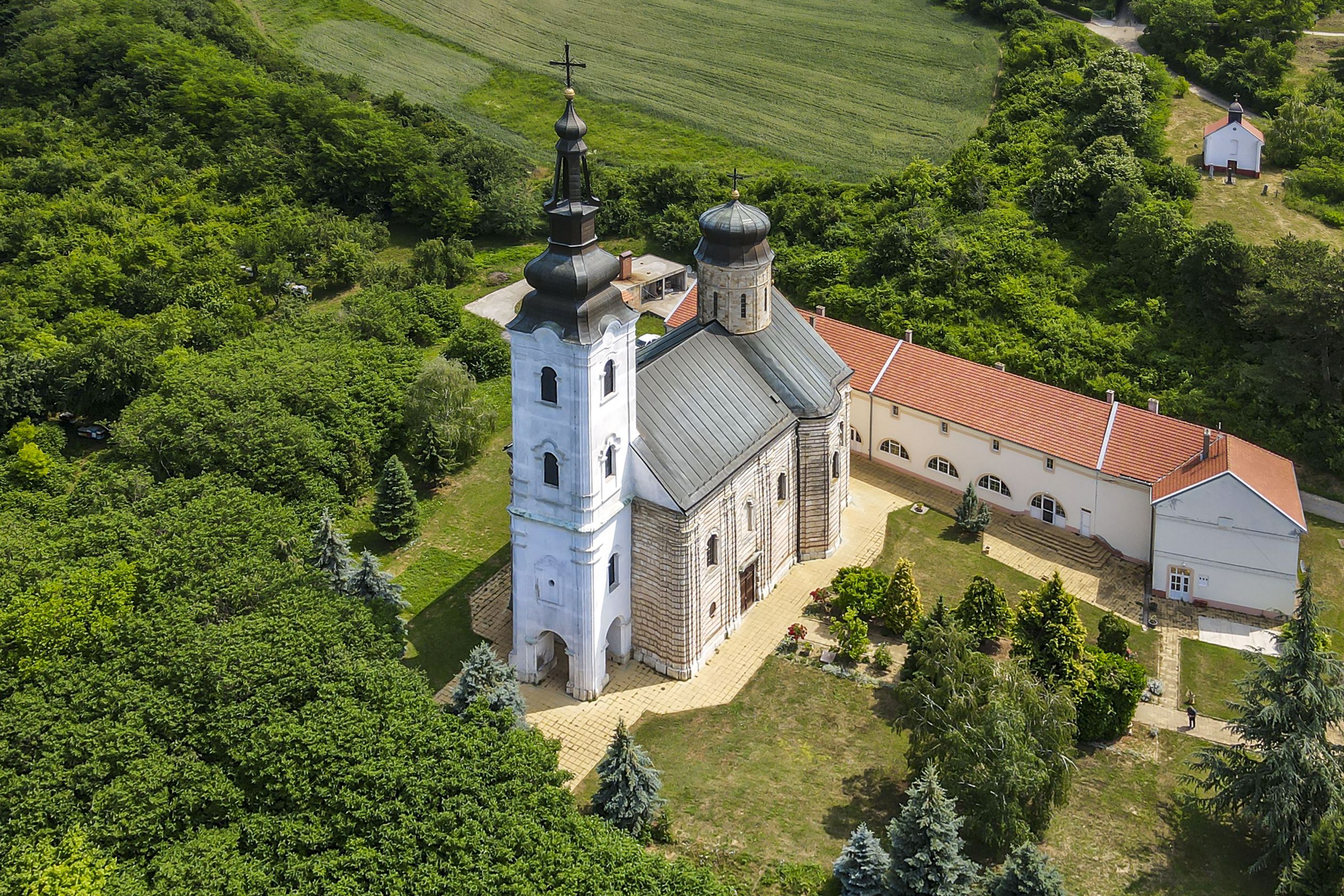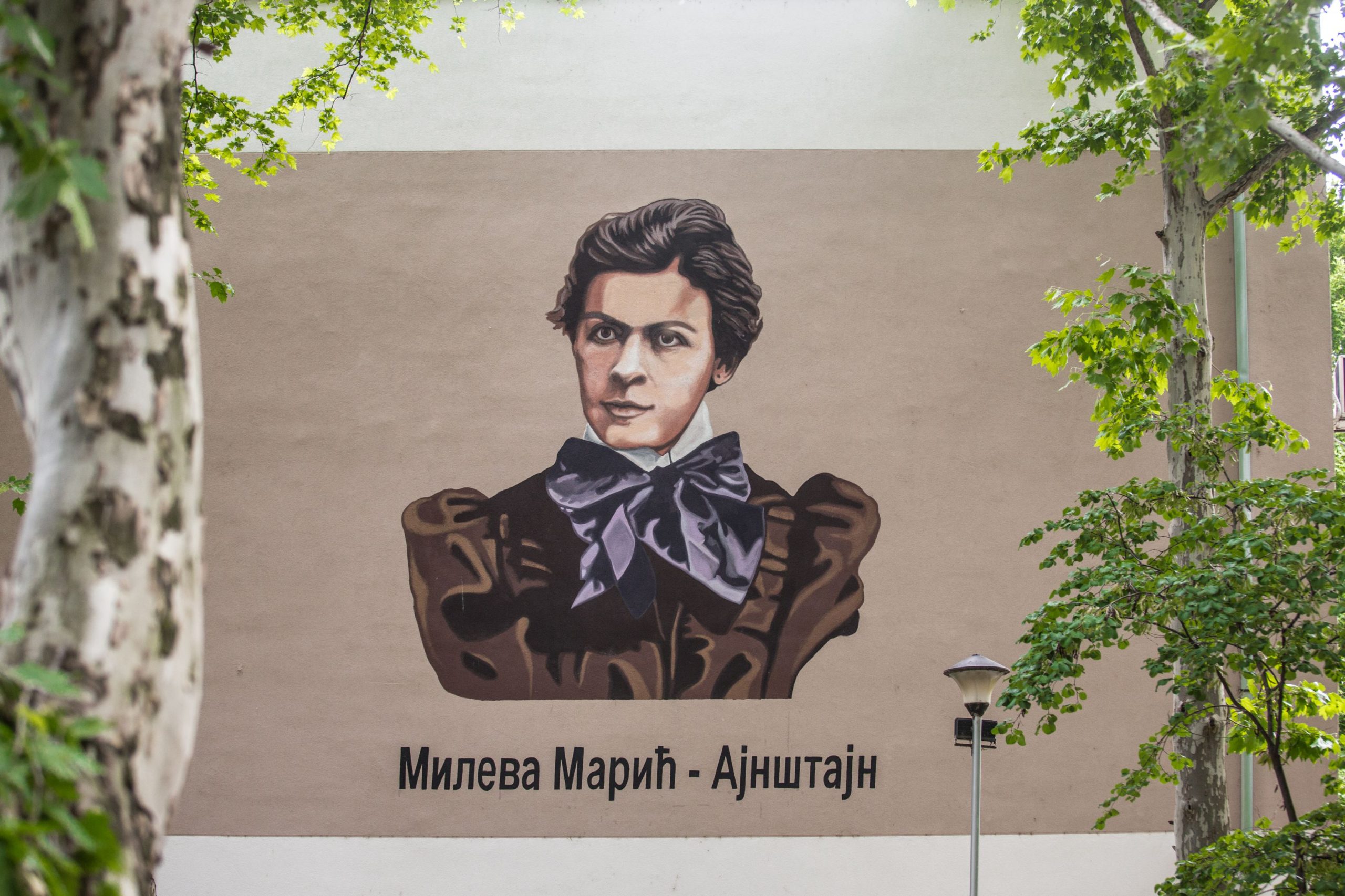UNIQUE Novi Sad
Both tame and playful, sad and bright, young at first glance but still known for its inhabitants and their timeless work, Novi Sad leaves a strong impression on everyone. Some sang about it in their songs, some yearn for it eternally from distant lands, but for most, it is a place to always come back to feel the unique spirit of this extraordinary city.
Enjoying with style and leisurely
Leisurely is an expression you will often hear among the people of Novi Sad and is used to describe the lifestyle of the local population, which is slow, casual and relaxed. The citizens of Novi Sad are characterized by their calm manner and tendency towards hedonism, so the cafe gardens that are full of people, as well as the parks packed with families with children at any time of the day shouldn’t come as a surprise. If you want to experience the real local atmosphere, take a walk in the Danube Park or the down the quay, wander into the passages of Zmaj Jovina and Dunavska streets, drink homemade coffee or try a special chocolate treat in Vremeplov, which was named after one of the most important figures of Serbian acting scene, Mira Banjac.
The secret hidden beneath “The Drunken Clock”
It got its popular nickname “The Drunken Clock” because of its unusual working mechanism, as the large hand shows the hours and the small hand shows the minutes. This used to help boatmen to tell the time from a long distance, as hours used to be more important than minutes back then. A special att raction of the Petrovaradin Fortress are the Underground Military Galleries, a complex four-story communication and defense system 16 kilometers long with rooms for various purposes. A part of the network of corridors about one kilometre in length is accessible to visitors under the professional guidance of the Guide Service of the Museum of the City of Novi Sad. This cultural institution is located in the Arsenal – Topovnjača building, on the Upper Fortress, and gives visitors an insight into the lifestyle and culture of living in Novi Sad in the period from the 18th to the 20th century. The museum is also home to the Great War Well, an architectural and construction masterpiece, which was able to supply the entire fortress with drinking water in the event of a major siege.
The city of open heart
Thanks to its location, Novi Sad has always been on the route of large migrations, and different peoples have chosen it as their new home. Today, twenty languages are spoken here, four of which are official, and the sound of bells can be heard from as many religious buildings of different denominations. The intertwining of the influences of many cultures made Novi Sad special in many ways. Two Christmases and two New Years are celebrated here, Saint Nicholas and “Mikulás”, Hanukkah and Kurban Bayram, where strudel with poppy seeds, baklava and kurtosh cake are eaten. Life together, mutual respect, understanding and acceptance of diversity have given its inhabitants a gentle nature and willingness to take in everyone who comes to Novi Sad
Youth, optimism and freedom of spirit
Existing for just over three centuries, Novi Sad ranks among young European cities. Since its foundation, its inhabitants have strived for independence and succeeded in their eff orts to preserve their freedom. This is evidenced by the symbol of Novi Sad – a dove with an olive branch, then the central town square and the bridge over the Danube, which bear the word freedom in their names. For the past two decades, the EXIT Festival has been an incubator of positive energy and a gathering place for young people from all over the
world. It is one of the biggest and most popular music festivals, and at the same time the only one which was created as a student movement that grew out of the desire for progress and the longing for freedom. 200 thousand visitors from all over the world come to EXIT Festival to enjoy music performed by about a thousand artists on more than 40 stages and festival zones. So far, the festival has seen performances of leading artists of the world musical scene, such as Billy Idol, The Cure, The Killers, Guns N’ Roses, Franz Ferdinand, Iggy Pop, David Guett a, Fatboy Slim, Cypress Hill, Snoop Dogg, The Prodigy, Sex Pistols, Nick Cave and the Bad Seeds, and many others.
Summer break with the smell of linden and the freshness of the Danube
When the first days of June fill the streets of the city with the magical smell of linden trees, the city beach becomes the focal point of meetings and summer events. Despite the hot sand under their feet, the people have fun playing head tennis and picigen, two sports games created precisely at one of the largest and most beautiful Danube bathing areas – Štrand. Some look for refreshment from the summer heat in the Danube, while others find it in the shade of poplars or under the umbrellas of numerous bars. The neighboring Fisherman’s Island, known for its relaxed atmosphere, offers a special experience in the Vojvodina way – a pleasant summer afternoon with a tasty bite and chill music.
The golden glow of Roman parade helmets
The most beautiful objects from the Roman period found in this area adorn the ancient collection of the Museum of Vojvodina. It’s the three gilded Roman parade helmets from the 4th century, one of which is richly decorated with imitations of precious and semi-precious stones. The expensiveness of the workmanship indicates that their owners were prominent military leaders, members of high society and, as symbols of power, they attracted the attention of visitors at guest exhibitions throughout Europe. The Museum of Vojvodina is home to three of out of only about fifteen such helmets in the world, which makes this collection unique in the world, and in the same time represents the trademark of the museum. As part of the museum’s permanent exhibition, the development of human society on the territory of the present day Vojvodina in the continuity of eight thousand years is presented through 6,000 representative exhibits from archaeology, general history, history of art and ethnology. One of its departments is the 1918 Unification Museum, showing the process of joining the Vojvodina regions to Serbia through a collection of historical and artistic artefacts.
Bastions of art and inspiration
Once the main stronghold of the city defenders, the Petrovaradin Fortress is today home to the largest informal artistic colony in the world, and shelters artists of various profiles who have been creating artwork within its walls for more than 70 years. Especially interesting to all fans of artistic expression is the Atelier 61 tapestry making facility with its national collection of tapestries, one of the largest of its kind. Novi Sad imposed itself as a city of culture, and evidence of this can be found in the Gallery Square, named after three galleries that cooperate closely with each other and enrich the cultural life of the city with programmes they create jointly. One of them, the Gallery of Matica Srpska, with its collection of works of art created from the 16th to the 21st centuries, is one of the richest art museums in Serbia. Visitors can enjoy the rich programme such as expert exhibition
interpretations, lectures, promotions of artistic works, screening of art films, talks with artists and workshops for babies, children and young people every day. The industrial zone has seen new life breathed into it with the arrival of modern artistic endeavours, and the sounds of machines were replaced by the inspiration of Novi Sad artists and refurbished old factories into a Creative District.
The magic of aromas, flavours and the region
Reminiscent of large white ships, anchored along the sandy banks of the Danube, the chardas (čarda) line up next to each other, famous far and wide for their fish specialties, but also for the wines of the Fruška Gora’s vineyard and tradition that dates back to the 3rd century. Another gastronomic pearl of Vojvodina is represented by salashs (salaš). Nested in an infinite plain, they have always attracted visitors with their cosy atmosphere and rich culinary delights, and interesting activities such as kneading gibanica and horseback riding. Food served in the warmth of the farm environment is long remembered and entices you to visit again.
Eight Tamburitza Players from Petrovaradin
“May the tamburitza players from Petrovaradin, accompany me always with song and wine” are lyrics of one of the most beautiful Vojvodina songs, famed for being the “Tamburitza player anthem”. A song that was created almost 50 years ago inspired many lovers of the tamburitza music, intoxicating wine and Vojvodina culinary specialties to express that love. The Danube chardas (čarda) thus became famous, as well as many restaurants offering local cuisine with sounds of the tamburitza in the background. One of them was the restaurant “Eight Tamburitza Players from Petrovaradin” which is part of the cultural and historical heritage of the City of Novi Sad today. The tradition is complete with the “Tamburitza Fest” being held since 2008 without interruption with the aim of affirming tamburitza music and the tamburitza as an instrument. This festival got its home – the Tamburitza Fest Museum, where, with a unique museological exibition, more than two centuries of tamburitza tradition in Vojvodina are included.
Fruška Gora – Balm for soul and body
Anyone who dares to cross the Danube towards Srem is surprised by incredible sights. An unusual oasis of peace, natural beauty and spirituality, embodied in Fruška Gora, a mountain-island in the middle of the Pannonian plain, emerges only 15 kilometers outside the city. Its gentle slopes are covered with vines, its peaks overgrown with forest, and tucked away in the valleys lie the largest Orthodox sanctuaries – the monasteries of the Fruška Gora mountain. Due to its exceptional natural and cultural values and the need to preserve them, Fruška Gora was declared the first National Park in Serbia in 1960. Whether visited by believers, mountaineers, cyclists, hikers, swimmers, hunters, fishermen, lovers of culture and history, or those who enjoy the charms of thermal mineral waters, this area will, without a doubt, leave a strong impression on everyone and provide them with exactly what they need.
A scientist who left a mark on the world of science
Mileva Marić Einstein is a woman who lived in the shadow of her husband Albert Einstein for a long time, a scientist who marked the world of science with his contribution. However, the degree of her contribution to Einstein’s success became known nowadays, as Einstein himself did not hide it. The woman who left a significant mark as a scientist had a special love for Novi Sad, the city in which she decided to baptize her two sons. This is precisely why the Nikolajevska Church is very important today. In addition to the church, the house that her father built in Kisačka street at the beginning of the 20th century, which still attracts tourists today, is also important for Mileva’s life. A multimedia exhibition “Mileva: we are one rock” has been set up in the City Museum of Novi Sad at the Petrovaradin Fortress, which evoked various elements of the biography of this eminent woman.
This rare exhibition is a combination of the creative use of state-of-the-art technologies, new media, as well as classic artistic language. In an authentic way, the “Mileva” exhibition introduces visitors to the life story of a woman who was at the same time an outstanding mathematician, a marginalized scientist, a self-sacrificing mother, and the wife of one of the world’s greatest minds.
